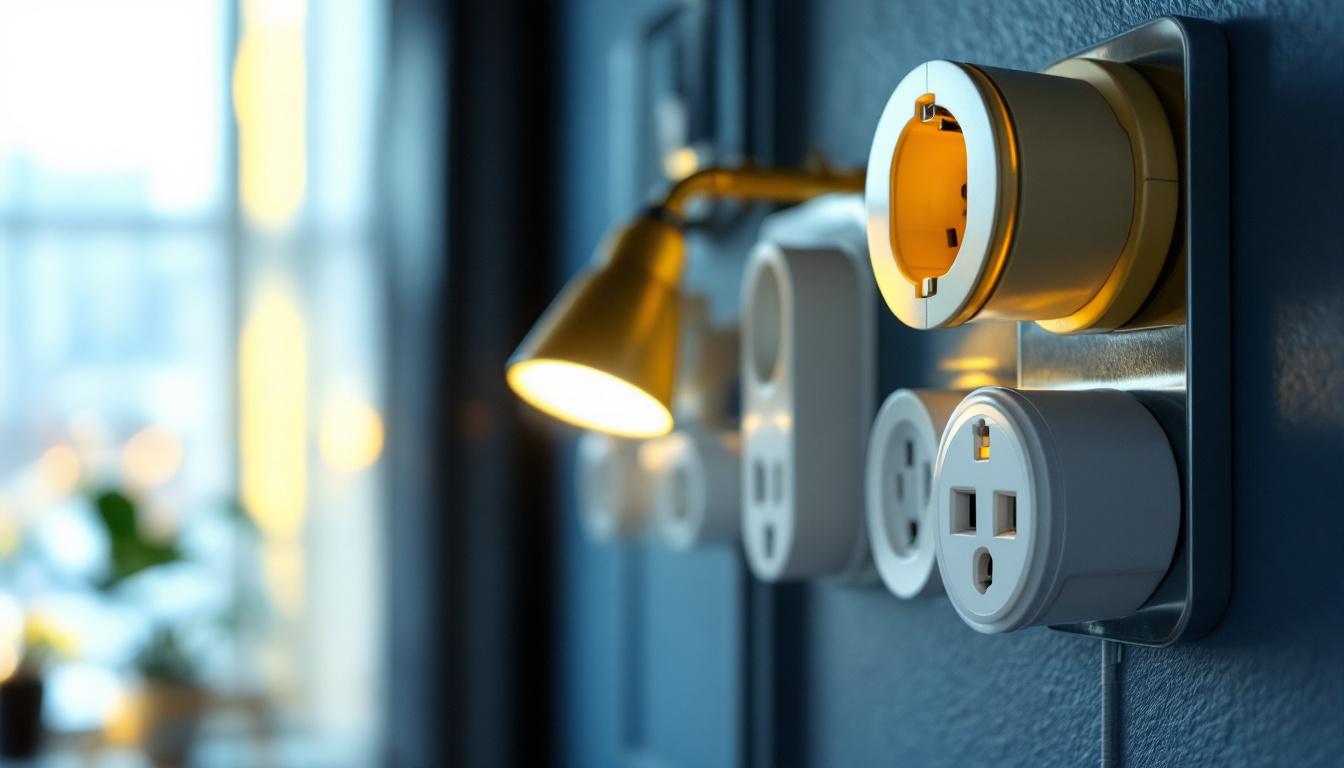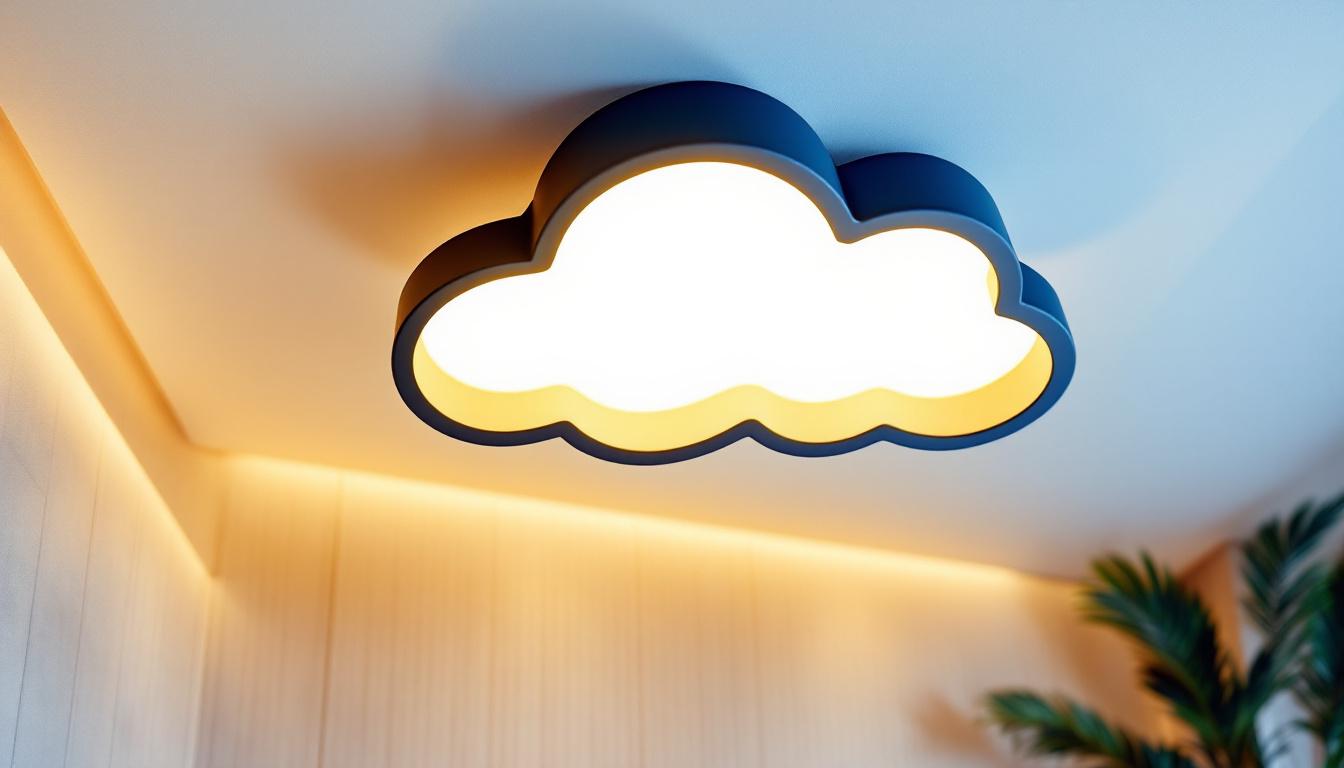
In the ever-evolving world of lighting design, staying updated with the latest technologies and trends is crucial for lighting contractors. Among the most significant advancements in recent years is the rise of LED recessed lighting. This innovative lighting solution not only enhances aesthetic appeal but also offers energy efficiency and versatility. For lighting contractors, understanding the benefits and applications of LED recessed lighting can lead to improved client satisfaction and business growth.
LED technology has transformed the lighting industry. With its rapid adoption, it has become essential for lighting contractors to grasp the nuances of this technology. The advantages of LED lighting extend beyond mere aesthetics, encompassing energy efficiency, longevity, and adaptability.
One of the most compelling reasons for the shift towards LED recessed lighting is its energy efficiency. LEDs consume significantly less power compared to traditional incandescent or fluorescent bulbs. This efficiency translates into lower energy bills for clients, making it an attractive option for both residential and commercial spaces.
Moreover, the reduced energy consumption contributes to a smaller carbon footprint, aligning with the growing demand for sustainable building practices. As more clients prioritize eco-friendly solutions, lighting contractors who are well-versed in LED technology will have a competitive edge. In addition to the immediate financial benefits, many regions offer incentives or rebates for businesses and homeowners who switch to LED lighting, further enhancing the appeal of this technology. These financial incentives can make the transition to LED not only environmentally responsible but also economically advantageous, encouraging more widespread adoption.
LED lights are known for their impressive lifespan, often lasting up to 25,000 hours or more. This longevity means fewer replacements and maintenance calls for contractors, ultimately leading to cost savings for both the contractor and the client. Additionally, LEDs are more resistant to shock and vibration, making them suitable for a variety of environments, including commercial settings where durability is paramount.
By emphasizing the durability of LED recessed lighting, contractors can reassure clients about their investment. The long-term benefits of reduced maintenance and replacement costs can be a significant selling point. Furthermore, the technology has evolved to include options that are dimmable and color-tunable, allowing for greater customization in lighting design. This adaptability not only enhances the aesthetic appeal of spaces but also supports various activities, from creating a cozy atmosphere in a home to providing optimal lighting conditions in a workplace. As clients become increasingly aware of the versatility of LED solutions, contractors can leverage this knowledge to offer tailored lighting solutions that meet specific needs and preferences.
Another reason for the growing popularity of LED recessed lighting is its design versatility. These fixtures can be seamlessly integrated into various architectural styles, making them suitable for a range of applications.
LED recessed lights can be installed in ceilings, walls, and even floors, providing a sleek and modern look. This flexibility allows designers to create unique lighting schemes that enhance the overall aesthetic of a space. For instance, in residential settings, recessed lighting can highlight artwork or architectural features, while in commercial environments, it can create a welcoming atmosphere for customers.
Lighting contractors should be familiar with different installation techniques and design options to offer tailored solutions that meet their clients’ specific needs. Understanding how to integrate LED recessed lighting into various spaces will enhance a contractor’s reputation as a knowledgeable and skilled professional.
Moreover, the ability to customize the placement of LED recessed lights can significantly influence the perception of space. For example, strategically placing lights in a narrow hallway can create an illusion of depth, making the area feel more expansive. In larger rooms, a combination of recessed lighting and accent fixtures can define different zones, such as reading nooks or entertainment areas, thereby enhancing both functionality and visual appeal.
LED recessed lights come in a variety of color temperatures, ranging from warm white to cool daylight. This variety allows contractors to customize lighting solutions based on the desired ambiance of a space. For example, warmer tones may be preferred in residential settings to create a cozy atmosphere, while cooler tones may be more suitable for offices or retail spaces to enhance focus and productivity.
Being able to advise clients on the best color temperature for their specific needs can set a contractor apart from competitors. It demonstrates an understanding of how lighting affects mood and functionality, which is an essential aspect of modern lighting design.
Additionally, the choice of color temperature can also influence energy efficiency and the perception of color in a space. Warmer lights tend to make colors appear softer and more inviting, while cooler lights can make them appear sharper and more vibrant. This is particularly important in settings like galleries or showrooms, where the accurate representation of colors is crucial for showcasing products or artwork. By providing insights into how color temperature impacts both aesthetics and energy consumption, contractors can position themselves as trusted advisors in the lighting design process.
The lighting industry is witnessing rapid technological advancements that are reshaping how lighting is designed and controlled. For lighting contractors, staying informed about these developments is vital to remain competitive in the market.
Smart lighting systems have become increasingly popular, allowing users to control their lighting through mobile devices or voice-activated assistants. LED recessed lighting can easily be integrated into these smart systems, offering clients enhanced convenience and control over their lighting environments.
Contractors who understand how to install and configure smart lighting systems will be better equipped to meet the demands of tech-savvy clients. This knowledge not only positions contractors as experts in the field but also opens up new revenue streams through the installation of smart home technologies.
Another significant advancement in LED technology is the ability to dim recessed lights without sacrificing performance. dimming capabilities allow clients to adjust the brightness of their lighting based on the time of day or the activity being performed. This flexibility can enhance the functionality of a space and contribute to energy savings.
Lighting contractors should be familiar with the various dimming options available for LED recessed lighting, including compatible dimmer switches and control systems. Educating clients about these options can lead to more informed purchasing decisions and a higher level of satisfaction.
As the lighting industry evolves, so too do the regulations and standards governing lighting products. For lighting contractors, staying updated on these regulations is essential to ensure compliance and avoid potential liabilities.
Many regions have implemented energy codes that mandate specific efficiency standards for lighting products. Understanding these codes is crucial for contractors to ensure that the products they recommend and install meet legal requirements. Non-compliance can result in fines and damage to a contractor’s reputation.
By staying informed about local and national energy codes, contractors can provide clients with compliant solutions that not only meet regulatory standards but also promote energy efficiency. This knowledge can be a valuable selling point when bidding on projects.
In addition to energy codes, safety standards play a critical role in the lighting industry. LED recessed lighting must meet specific safety criteria to ensure reliable performance and minimize risks. Contractors should be aware of these standards and ensure that the products they use are certified by relevant safety organizations.
Educating clients about the importance of safety standards can help build trust and confidence in a contractor’s expertise. It also reinforces the idea that quality and safety should never be compromised in lighting design.
Effective communication with clients is a cornerstone of successful lighting contracting. As the landscape of lighting technology changes, educating clients about the benefits and options available is essential for fostering strong relationships.
Every client has unique needs and preferences when it comes to lighting. By taking the time to understand these needs, contractors can provide tailored solutions that exceed expectations. This involves asking questions about the intended use of the space, desired aesthetics, and any specific concerns the client may have.
Contractors who actively listen to their clients and engage in meaningful conversations are more likely to build lasting relationships. This approach not only leads to repeat business but also encourages clients to refer the contractor to others.
In a rapidly changing industry, clients may feel overwhelmed by the plethora of options available. Lighting contractors can simplify the decision-making process by providing clear and concise information about LED recessed lighting. This includes discussing the benefits, installation options, and maintenance requirements.
Utilizing visual aids, such as diagrams or examples of previous projects, can enhance understanding and help clients visualize the final outcome. A well-informed client is more likely to feel confident in their choices, leading to higher satisfaction and potential referrals.
In conclusion, the rise of LED recessed lighting presents a wealth of opportunities for lighting contractors. By staying updated on the latest technologies, design trends, and regulatory standards, contractors can position themselves as experts in the field. This knowledge not only enhances client satisfaction but also contributes to business growth in a competitive market.
As the lighting industry continues to evolve, embracing change and adapting to new developments will be key to success. By prioritizing education and communication, lighting contractors can build strong relationships with clients and ensure that their projects shine brightly for years to come.
Ready to elevate your lighting projects with the latest LED recessed lighting technology? Look no further than LumenWholesale, where we provide contractors with superior, spec-grade lighting products at unbeatable wholesale prices. Our commitment to quality and affordability ensures that you can deliver exceptional lighting solutions to your clients without breaking the bank. With free shipping on bulk orders, LumenWholesale is your go-to source for premium lighting without hidden fees. Don’t miss out on the perfect blend of quality, affordability, and convenience. Discover Wholesale Lighting at the Best Value today and brighten your business prospects with LumenWholesale.

Discover the transformative impact of 2Ft LED light fixtures through real-world success stories from lighting contractors.

Discover the essential guide to receptacles for lighting, covering types, installation tips, safety considerations, and how to choose the right one for your home or office.

Discover the pivotal role bright flush mount ceiling lights play in modern lighting projects.

Discover the essential checklist for lighting contractors working with cloud lighting fixtures.